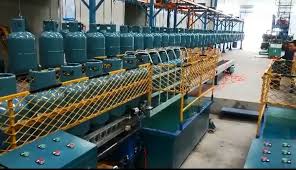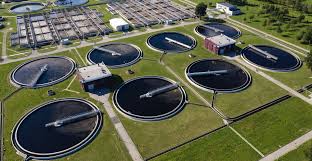The proposed extension of the Standard Gauge Railway (SGR) from Naivasha to Malaba, costing over KES 648.0 billion, has once again reignited the debate on our infrastructure priorities in Kenya, While the main aim of SGR is to boost trade, our immediate needs demand a focus on roads, not rails. As roads will offer unmatched accessibility and affordability, making them the better choice for driving economic growth putting Kenya in a better position to achieve its Vision 2030
Kenya’s dispersed population requires infrastructure that will go beyond urban cities and towns, The SGR, even with the Malaba extension, will only serve fixed routes, primarily for freight, leaving rural areas with no networks. Roads on the other hand can link remote regions to markets more easily. Hence the need to construct new roads and upgrade existing feeder roads in rural agricultural towns to cut transport costs and post harvest losses, and boost incomes for farmers which will in turn boost economic productivity.
Secondly, The SGR’ Malaba extension which has proved to be costly will only increase Kenya’s debt burden, which according to the CBK, currently stands at KES 11.2 tn financing the project using debt will only add more pain to the local Kenyan when we can clearly see that the existing SGR has underperformed, with reduced cargo volumes, string of revenue loses audit reports revealing that Kenya Railways made a staggering loss of KES 50.0 billion highlighting SGRs financial challenges coupled with high maintenance costs . Roads, by contrast, are comparatively more affordable to build and maintain. Investing in road infrastructure would deliver faster economic returns, easing trade bottlenecks and reducing logistics costs for businesses and consumers
Lastly, Kenya’s role as East Africa’s gateway hinges on efficient logistics. Railways will only handle bulk cargo as most goods and people move by road. Upgrading key highways, such as the Nairobi-Mombasa corridor or the Northern Corridor, would streamline cross-border trade with Uganda, Rwanda, and beyond. Reliable roads would reduce time we use on transit thus lowering lower logistics costs, and enhancing Kenya’s competitiveness in the region.
My plea to policymakers is to reconsider our priorities when it comes to infrastructure, not to dismiss railways but to balance investments that would address our Kenyan immediate needs. By expanding rural road networks, upgrading urban highways, maintaining existing infrastructure Kenya can connect her people, drive trade and foster inclusive growth.

















